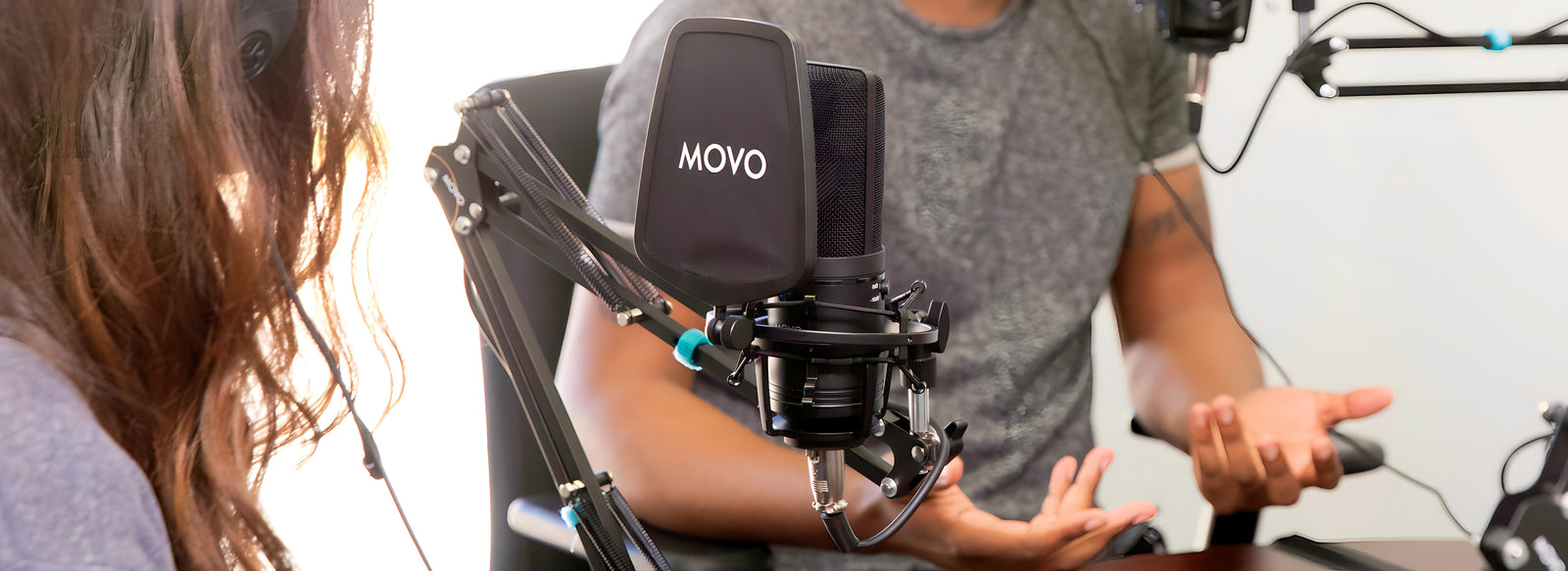Your Cart is Empty
 Free Shipping
Free ShippingEnjoy the convenience of free shipping on all orders. We believe in transparent pricing and delivering value straight to your doorstep. read more...
 30-Day Money-Back Guarantee
30-Day Money-Back GuaranteeShop with confidence knowing you have a full 30 days to try our products. If you're not completely satisfied, return your purchase for a full refund, no questions asked. read more...
 2-Year Warranty
2-Year WarrantyWe stand by the quality of our products with an industry-leading 2-year warranty. Enjoy peace of mind knowing your vlogging and podcasting equipment is covered against defects and issues. read more...
 Lifetime Customer Support
Lifetime Customer SupportOur commitment to you doesn't end at purchase. With lifetime customer support, you can reach out to our expert team anytime for help, advice, or troubleshooting, ensuring you always get the best performance from your gear. read more...

Experience the exceptional quality of Movo's condenser microphones, designed for precision audio capture in various settings. These microphones are perfect for artists, creators, and sound engineers who require outstanding clarity and detail. Whether you're recording in a professional studio setting or creating content from home, our condenser mics deliver unmatched performance.
Experience the exceptional quality of Movo's condenser microphones, designed for precision audio capture in various settings. These microphones are perfect for artists, creators, and sound engineers who require outstanding clarity and detail. Whether you're recording in a professional studio setting or creating content from home, our condenser mics deliver unmatched performance.
this XLR condenser microphone is perfect for podcasting, live streaming, & more
What should I look for in a condenser microphone?
Consider factors such as polar patterns, sensitivity, frequency response, and connectivity to ensure the microphone meets your specific recording needs. Learn more about Condenser Mics here.
Are Movo’s condenser microphones suitable for both studio and home use?
Yes, our microphones are designed for professional-grade audio quality in any setting, ensuring flexibility and top performance wherever you record.
Elevate your recordings with Movo's selection of the best condenser microphones on the market. Achieve studio-quality sound in every recording and bring professional-grade audio to your projects.
Sign up to get the latest on sales, new releases and more …